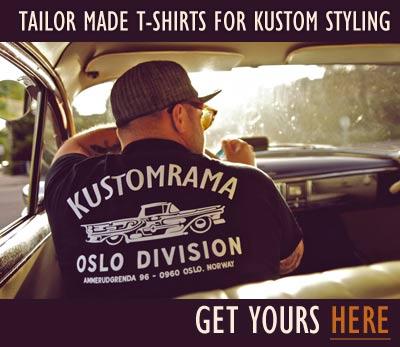Molded In Headlights
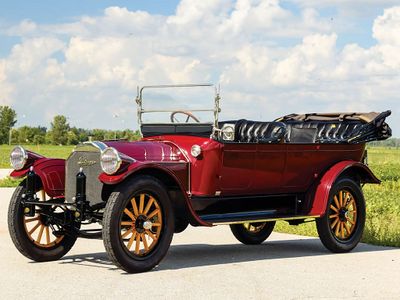
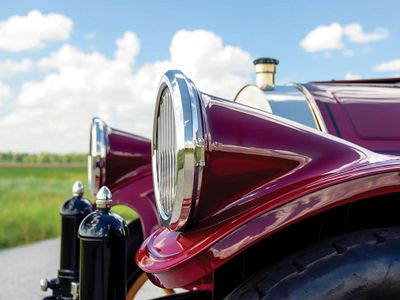
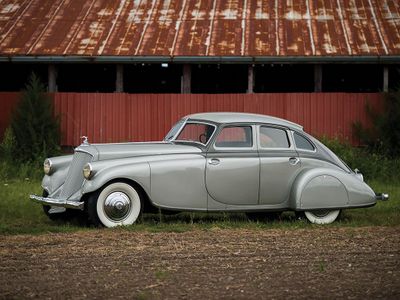
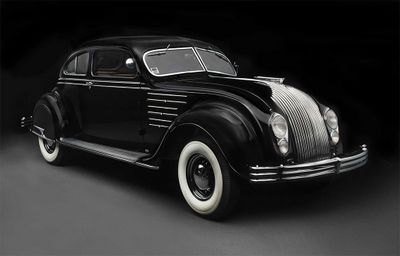

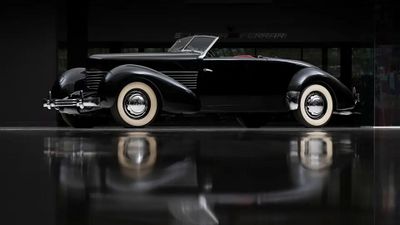
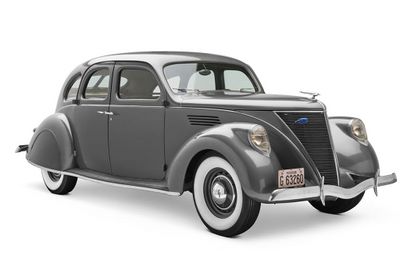
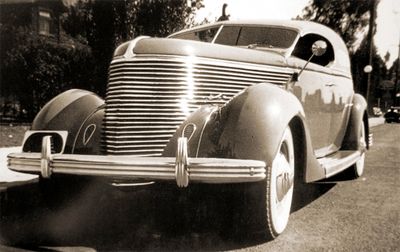

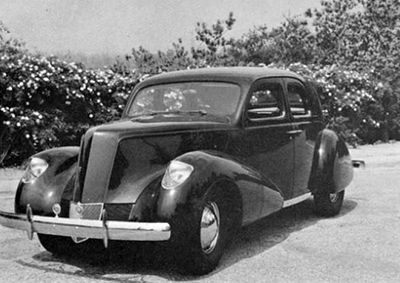
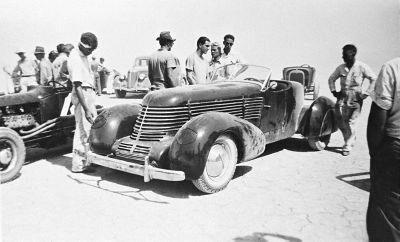
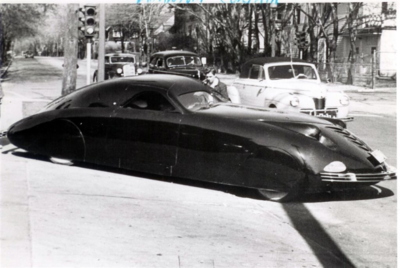
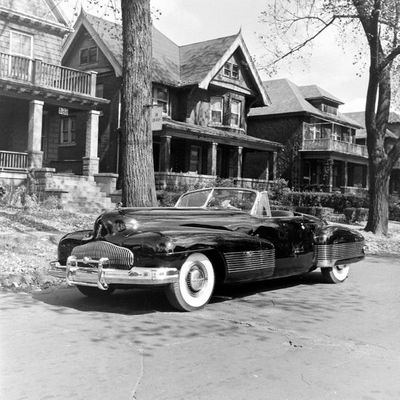


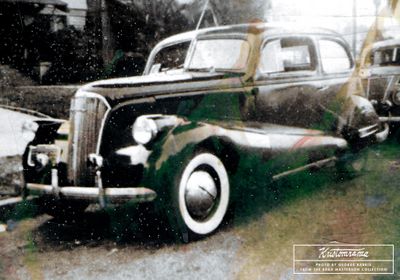
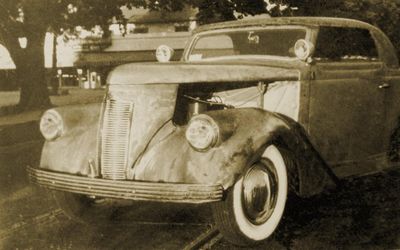

Molded in headlights, also known as fender-mounted or faired-in headlights, refer to automobile headlamps that are integrated into the body or fenders of a car, rather than being mounted externally on stalks, brackets, or a connecting bar. This design feature marked a significant step in the evolution of automotive styling, moving away from the utilitarian, carriage-derived look of the early 20th century toward a more streamlined and unified appearance.
Contents
Factory Origins
Pierce-Arrow (1913)
The American luxury manufacturer Pierce-Arrow is credited as the first automaker to introduce molded-in headlights. In 1913, the company debuted its new line of cars with headlights built directly into the front fenders. This radical design eliminated the traditional separate headlamp units mounted on a crossbar, creating a cleaner look that was both distinctive and immediately recognizable. Pierce-Arrow patented the idea, making it an exclusive hallmark of the brand for the next 25 years.
Pierce-Arrow’s fender-mounted headlights became one of the most identifiable styling trademarks in the industry. They gave the cars a unique character, allowing them to be recognized even at night by the glow of their headlamps. The design was retained and refined until the company ceased production in 1938.
Other Early Experiments
Although Pierce-Arrow pioneered the concept, most automakers of the 1910s and 1920s retained traditional free-standing lamps. A few coachbuilders experimented with streamlined designs that partially blended the headlights into the bodywork, but none rivaled Pierce-Arrow’s level of integration or mass production.
1930s Developments
Chrysler Airflow (1934)
The Chrysler Airflow, introduced in 1934, was one of the first American production cars outside Pierce-Arrow to experiment with partially integrated headlights. While not as fully faired into the fenders as Pierce’s design, the Airflow’s lamps were recessed into a more aerodynamic housing, reflecting the growing influence of streamlining and Art Deco design.
Lincoln Zephyr (1936)
Ford’s Lincoln Zephyr was one of the first mainstream American cars to adopt headlights integrated into the fenders as standard equipment. The lamps were no longer mounted on separate bars but instead flowed with the body lines, signaling the industry’s gradual move toward full integration.
Cord 810/812 (1936–1937)
Another milestone came with the Cord 810/812, which featured retractable, hidden headlights mounted in the front fenders. Operated by hand cranks inside the car, they were among the first examples of concealed lamps on a production vehicle. While not molded in the same sense as Pierce’s design, the Cords advanced the idea of blending the headlamps into the overall body form.
1940s: Industry Standard
By 1940, most major American manufacturers had transitioned to molded in headlights. The change was influenced by both styling trends and new U.S. government regulations, which required headlights to be mounted at a standardized height. The separate, bar-mounted lamps of the 1920s and early 1930s disappeared, replaced by headlights that were fully integrated into the fenders and front sheet metal.
Custom Car Culture
Early Adoptions
Customizers of the late 1930s and early 1940s were heavily inspired by factory streamlining trends. When molded in headlights became more common on new production cars, builders began adapting similar ideas to older models, welding and reshaping fenders to house the lamps.
One of the most significant early examples was the Southern California Plating Company's 1935 Ford Phaeton, restyled by Frank Kurtis and George DuVall in 1936. Known as the Southern California Plating Delivery Truck, this radically modified car became a rolling showcase for the company’s chrome work. The phaeton featured a Cord-inspired grille, DuVall’s signature vee’d windshield, and most notably, hidden Woodlite headlights mounted in the apron between the fenders and grille. Unlike traditional lamps, these headlights were smoothly integrated into the body, giving the front end a futuristic appearance that anticipated postwar custom techniques.
Another landmark design was the Phantom Corsair, a futuristic concept car designed by Rust Heinz of the H. J. Heinz family and built by Bohman & Schwartz in 1937. Based on a Cord 810 chassis with front-wheel drive and powered by a Lycoming engine, the one-off aluminum coupe cost approximately $24,000 to build. The Corsair featured fully faired-in headlights molded seamlessly into the fenders, along with a low, flowing body that seated six passengers. Marketed as a prototype for limited production, its development ended after Rust Heinz’s untimely death in 1939.
Both the SoCal Plating Ford and the Phantom Corsair demonstrated how customizers and independent designers were not only keeping pace with factory styling but also experimenting with concealed and fully molded headlamps years before the mainstream industry adopted them.
Frenched Headlights (Late 1940s – 1950s)
By the late 1940s, the custom car movement had developed its own version of molded in headlights, known as frenching. This process involved recessing the headlights deeper into the bodywork and smoothing the edges so that the lamps appeared as part of the sheet metal. Frenched headlights eliminated protruding chrome bezels, emphasizing the long, flowing lines of a custom car.
Pioneering customizers such as Harry Westergard, Jimmy Summers, and Sam Barris popularized frenched headlights on early customs. By the early 1950s, the modification had become a defining characteristic of the postwar custom car look, appearing on everything from chopped Mercurys to mildly restyled shoebox Fords.
Lasting Influence
Molded in headlights bridged the gap between factory styling and custom innovation. What began as a radical design experiment by Pierce-Arrow in 1913 became a styling standard by 1940, and through the hands of customizers, it evolved into an art form. Frenched and molded headlights remain a hallmark of traditional customizing, symbolizing both elegance and craftsmanship.
Timeline of Molded In Headlights
- 1913 – Pierce-Arrow introduces the first production cars with molded in headlights, patented as a brand hallmark.
- 1934 – Chrysler Airflow features partially integrated headlights in streamlined housings.
- 1936 – Cord 810/812 debuts with retractable, hidden headlights mounted in the fenders.
- 1936 – SoCal Plating Ford incorporates hidden Woodlite headlights molded into the apron.
- 1936 – Lincoln Zephyr adopts headlights molded smoothly into the fenders as standard.
- 1937 – Phantom Corsair debuts with fully faired-in headlights molded into the fenders.
- 1940 – U.S. auto industry standardizes molded in headlights across most brands.
- Late 1940s – Customizers begin adapting molded in headlights to older cars, leading to the practice of frenching.
- 1950s – Frenched headlights become a signature feature of custom cars.
Did you enjoy this article?
Kustomrama is an encyclopedia dedicated to preserve, share and protect traditional hot rod and custom car history from all over the world.
- Help us keep history alive. For as little as 2.99 USD a month you can become a monthly supporter. Click here to learn more.
- Subscribe to our free newsletter and receive regular updates and stories from Kustomrama.
- Do you know someone who would enjoy this article? Click here to forward it.
Can you help us make this article better?
Please get in touch with us at mail@kustomrama.com if you have additional information or photos to share about Molded In Headlights.
This article was made possible by:
SunTec Auto Glass - Auto Glass Services on Vintage and Classic Cars
Finding a replacement windshield, back or side glass can be a difficult task when restoring your vintage or custom classic car. It doesn't have to be though now with auto glass specialist companies like www.suntecautoglass.com. They can source OEM or OEM-equivalent glass for older makes/models; which will ensure a proper fit every time. Check them out for more details!
Do you want to see your company here? Click here for more info about how you can advertise your business on Kustomrama.
